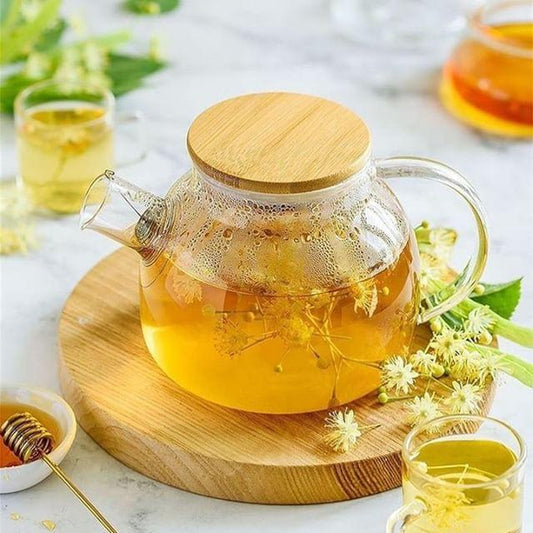The Ultimate Guide to Baking a Perfect Birthday Cake

Baking the perfect birthday cake is a rewarding endeavor that can make any celebration special. Whether you’re a seasoned baker or a novice in the kitchen, understanding the key elements of cake-making will help you achieve a delicious and beautifully crafted cake. Here’s a comprehensive guide to help you bake the perfect birthday cake from scratch.
1. Choose the Right Recipe
The foundation of a perfect birthday cake starts with a great recipe. Decide on the type of cake you want to bake—classic vanilla, rich chocolate, or a flavor of your choice. Ensure the recipe is reliable and has been tested for consistent results. Consider the preferences of the person you're baking for and choose a flavor that they love.
2. Gather High-Quality Ingredients
Using high-quality ingredients is crucial for a delicious cake. Here’s what you need:
- Flour: All-purpose flour is commonly used for cakes. For a lighter texture, you can use cake flour.
- Sugar: Granulated sugar adds sweetness and contributes to the cake’s structure.
- Butter: Use unsalted butter for better control over the salt content.
- Eggs: Eggs provide structure and moisture.
- Leavening Agents: Baking powder or baking soda helps the cake rise.
- Flavorings: Vanilla extract or cocoa powder for flavor.
- Milk: Adds moisture and richness to the cake batter.
3. Prepare Your Baking Pans
Properly preparing your baking pans ensures that your cake comes out easily and bakes evenly. Follow these steps:
- Grease: Use butter or non-stick spray to coat the pans.
- Line: Place parchment paper in the bottom of the pans for extra insurance against sticking.
- Flour: Lightly flour the pans if you’re not using parchment paper.
4. Measure Ingredients Accurately
Accurate measurement is key to baking success. Use measuring cups and spoons for dry and wet ingredients. For precise measurement of flour, spoon it into the measuring cup and level it off with a knife—don’t scoop directly from the bag, as this can lead to excess flour.
5. Mix the Batter Properly
The method of mixing affects the texture of your cake. Here’s how to do it right:
- Creaming Butter and Sugar: Beat together until light and fluffy to incorporate air into the batter.
- Add Eggs Gradually: Mix in eggs one at a time, ensuring each is fully incorporated before adding the next.
- Alternate Dry and Wet Ingredients: Add dry ingredients and liquids alternately to avoid overmixing and to ensure a smooth batter.
6. Preheat the Oven
Preheat your oven to the temperature specified in your recipe before placing the cake inside. An oven thermometer can help ensure that your oven is at the correct temperature, as many ovens can be off by several degrees.
7. Bake Evenly
Pour the batter evenly into the prepared pans and use a spatula to smooth the tops. Bake according to the recipe’s instructions. Check for doneness by inserting a toothpick into the center of the cake—if it comes out clean or with just a few crumbs, the cake is done.
8. Cool Properly
Allow the cakes to cool in the pans for about 10 minutes before transferring them to a wire rack. This prevents the cakes from becoming soggy. Let the cakes cool completely before frosting to prevent melting and sliding of the frosting.
9. Level and Frost
Level the cakes with a serrated knife if needed to ensure an even surface. Apply a crumb coat—a thin layer of frosting—to seal in crumbs. Chill the cake for 30 minutes, then apply the final layer of frosting. Smooth the frosting with a spatula or offset knife, and decorate as desired.
10. Add Creative Decorations
Personalize the cake with decorations that reflect the occasion or the person’s interests. Options include piped frosting flowers, edible glitter, fresh fruits, or themed cake toppers. Get creative and have fun with the decorations!
Tips for Success
- Test Recipes: Practice with test cakes to ensure you’re comfortable with the recipe and techniques.
- Room Temperature Ingredients: Ensure ingredients like butter and eggs are at room temperature for better mixing.
- Avoid Overmixing: Mix until just combined to prevent a dense texture.
- Chill Layers: For a more stable cake, chill the cake layers before stacking and frosting.
Conclusion
Baking the perfect birthday cake requires attention to detail, quality ingredients, and a bit of practice. By following these steps and tips, you’ll be able to create a cake that is not only delicious but also a beautiful centerpiece for any celebration. Whether it’s a classic vanilla cake or a decadent chocolate creation, the effort you put into baking will be appreciated and enjoyed by everyone at the party. Happy baking!
Share:





